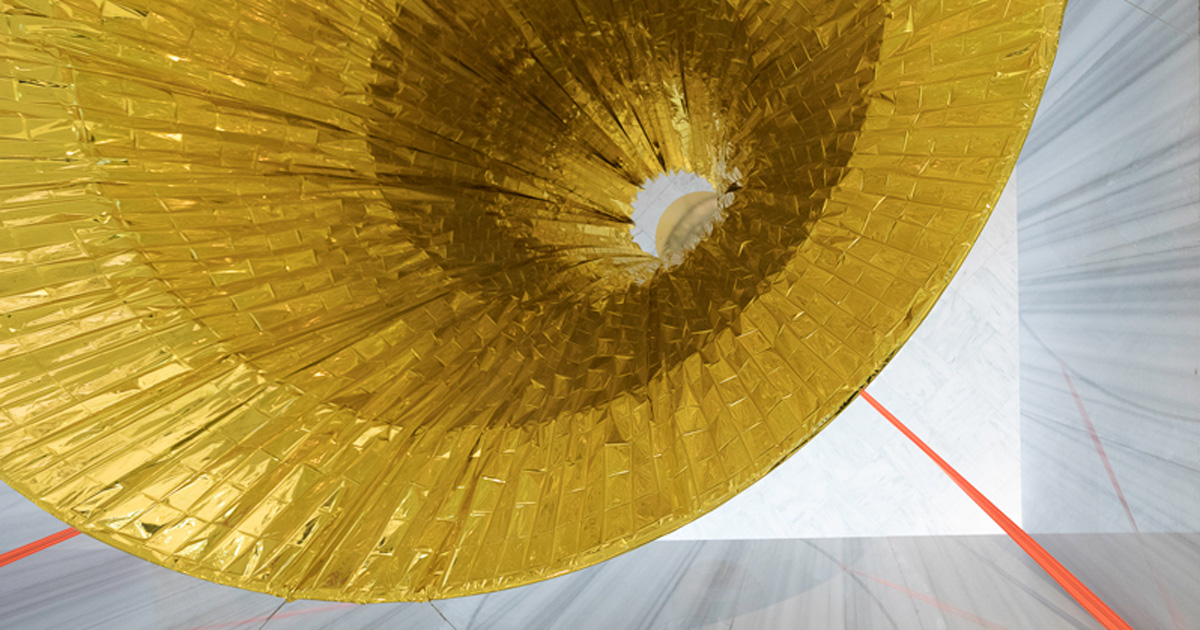Boat with Legs
2007 - Drawing & Print (Drawing & Print)
Francis Alÿs
Trained as an architect, Alÿs turned to a visual arts based practice in the early 1990s as a more immediate, direct, and effective way of exploring issues related to urbanization, to the ordering and signification of urban space and to the semiotics of its use. His work initiates with a simple action, either by him or others, which is then documented in a range of media. Alÿs explores subjects such as modernizing programs in Latin America and border zones in areas of conflict, often asking about the relevance of poetic acts in politicized situations. Documentation is central to his practice as well as painting, drawing, and video. In his work, When Faith Moves Mountains (2002) made in collaboration with Mexican critic Cuauhtemoc Medina, Alÿs recruited 500 volunteers outside of Lima, Peru. Each person moved a shovel full of sand one step at a time form one side of a dune to the other, and together they moved the entire geographical location of the dune by a few inches. Critic Jean Fisher linked Alÿs’ work to the radical event of precipitating a crisis of meaning, where the exposure of a void of meaning is confronted by its social situation, leading up to some kind of truth. Francis Alÿs was born in Belgium in 1959. He lives and works in Mexico City.
Colors:
Related works of genres: » conceptual art, » mexican contemporary artists, » contemporary artist, » conceptual artist, » born 1959
» see more

© » KADIST
John Baldessari
1997In One Must , an image of a pair of scissors, accompanied by the words of work’s title, poses an ominous question about the relationship between the image and the text...

© » KADIST
Mario Garcia Torres
2005Mario Garcia Torres films a game of Charades among professional actors guessing the former North Korean dictator’s favorite Hollywood films...

© » KADIST
Mario Garcia Torres
2004Mario Garcia Torres imagines cinematic devices to replay stories occasionally forgotten by Conceptual art...
Related works featuring themes of: » Belgium, » Color Photography, » Contemporary Conceptualism, » Contemporary Participation, » Conceptual Art, » Belgian
» see more

© » KADIST
Félix González-Torres
1992Behind the simplicity and beauty of this untitled photograph of a brilliantly-colored flowerbed by Félix González-Torres are two remarkable stories of love, loss, and resilience...

© » KADIST
Allan McCollum
1982In the work titled The Glossies (1980), an affinity for photography manifested itself before McCollum actually began to use photography as a medium...

© » KADIST
Du Zhenjun
2010The Tower of Babel is an installation of large-format photographs that forces the audience to occupy a central position through its monumental scale...

© » KADIST
Douglas Gordon
2002Blind Spencer is part of the series “Blind Stars” including hundreds of works in which the artist cut out the eyes of Hollywood stars, in a symbolically violent manner...
Other related works, blended automatically
» see more

© » KADIST
Félix González-Torres
1992Behind the simplicity and beauty of this untitled photograph of a brilliantly-colored flowerbed by Félix González-Torres are two remarkable stories of love, loss, and resilience...

© » KADIST
Allan McCollum
1982In the work titled The Glossies (1980), an affinity for photography manifested itself before McCollum actually began to use photography as a medium...

© » KADIST
Douglas Gordon
2002Blind Spencer is part of the series “Blind Stars” including hundreds of works in which the artist cut out the eyes of Hollywood stars, in a symbolically violent manner...
Related works sharing similar palette
» see more

© » SOUTH CHINA MORNING POST
Giant Rubber Duck artist on why size matters – ‘instead of us looking at it, it is now looking at us’ – and his miniatures on show in Seoul | South China Morning Post Advertisement Advertisement Art + FOLLOW Get more with my NEWS A personalised news feed of stories that matter to you Learn more Dutch artist and “Rubber Duck” creator Florentijn Hofman in Hong Kong in June 23 for the return of his giant inflatable artwork to Victoria Harbour, this time with a twin...
Related works from the » 2000's created around » Mexico City, Mexico
» see more

© » KADIST
Minerva Cuevas
2006During her research on primitive currencies and cultural cannibalism, Cuevas came across the Donald Duck comic book issue “The Stone Money Mystery,” where Donald goes on a quest to find missing museum objects...

© » KADIST
Mario Garcia Torres
2005Mario Garcia Torres films a game of Charades among professional actors guessing the former North Korean dictator’s favorite Hollywood films...
Other works by: » Francis Alÿs
» see more

© » KADIST
Francis Alÿs
2006This series of small drawings is executed with varying materials—pen, ink, colored pencil, charcoal, and masking tape—on architect’s tracing paper...

© » KADIST
Francis Alÿs
2004The Nightwatch , which is an ironic reference to the celebrated painting by Rembrandt, follows the course of a fox wandering among the celebrated collections of the National Portrait Gallery in London...
Related artist(s) to: Francis Alÿs » Bruce Nauman, » Gabriel Orozco, » Jimmie Durham, » Rivane Neuenschwander, » Lygia Clark, » Ana Mendieta, » Louise Lawler, » Thomas Hirschhorn, » Wilfredo Prieto, » Abraham Cruzvillegas
» see more

© » KADIST
Gabriel Orozco
1992Gabriel Orozco often documents found situations in the natural or urban landscape...

© » KADIST
Rivane Neuenschwander
2007Mapa-Mundi BR (postal) is a set of wooden shelves holding postcards that depict locations in Brazil named for foreign countries and cities...

© » KADIST
Gabriel Orozco
1994Charco portátil congelado (Frozen Portable Puddle, 1994) is a photographic record of an installation of the same name that Gabriel Orozco made at Witte de With Center for Contemporary Art in Rotterdam for the group exhibition WATT (1994)...








